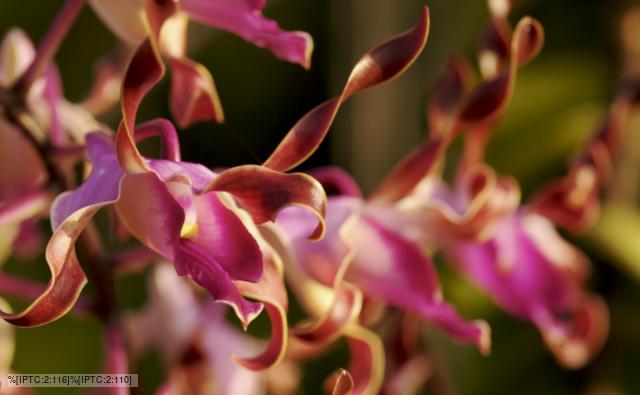The
tropical dry forest biome is characterized by warm temperatures and seasonal
rains. Plants and animals must be adapted to withstand downpours in the rainy
seasons as well as months without rain during the dry season. To conserve
water, most trees in this region are deciduous, losing their leaves in the dry
season to conserve water. Some species are evergreen in the nearby tropical
rainforest become deciduous when they grow in the tropical dry forest. Leaves
are generally smaller and thicker. The tree canopy is shorter overall, only
10-30m tall. When the trees shed their leaves, more light reaches the ground,
allowing thick underbrush to grow in the dry season. Unlike the rainforest, the
trees rely mostly on animals to disperse seeds. Soils are more fertile in the
dry forest than in the rainforest, but also more prone to erosion.
Succulents
and epiphytes are also well adapted to the tropical dry forest. Cacti, orchids,
and bromeliads are common. One well
known species is the bridal veil stinkhorn. Bromeliads and orchids collect leaf
litter and water in their leaf bases. Some amphibians use these small pools of
water to reproduce.






awesome possum
ReplyDeleteshut up
Deleteno u
DeleteNO U
Deleteshut it boomers
Deletewhats the named
ReplyDeleteum what is this
ReplyDeleteWow, very detailed. Thank you for your research! You add joy to the planet! :)
ReplyDelete2nd that
Deletei want to die
ReplyDeletesame
Deletewhat the fuck
Deletefuck dude thats edgy
ReplyDeletebruh im just trying to do research for school and its just kids wanting to die XD
ReplyDeleteNiggabean
ReplyDeleteyea bro
Deleteyall need to stop
ReplyDeleteomg these comments are fucking hularious. pussyballs
ReplyDeletetehee pussyballs......
ReplyDeleteJesus loves yall
ReplyDeletewhy get edumacated when you could read the comments haha
Deleteim doing a project ans scroll down and see this lmao
ReplyDeletesame
DeleteLol I have to do this for science class and these comments are so stupid omg
ReplyDeletebruh anyone can comment on this site what
ReplyDeleteyall some poop faces
ReplyDeletetotohot (betfair) ミスティーノ ミスティーノ dafabet dafabet 카지노사이트 카지노사이트 카지노 카지노 카지노사이트 카지노사이트 betway login betway login 우리카지노 마틴 우리카지노 마틴 36 All casinos to play in 2021 -포커 사이트
ReplyDelete